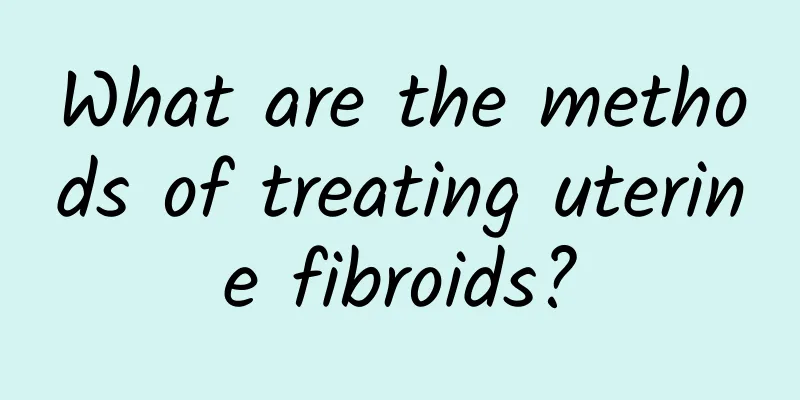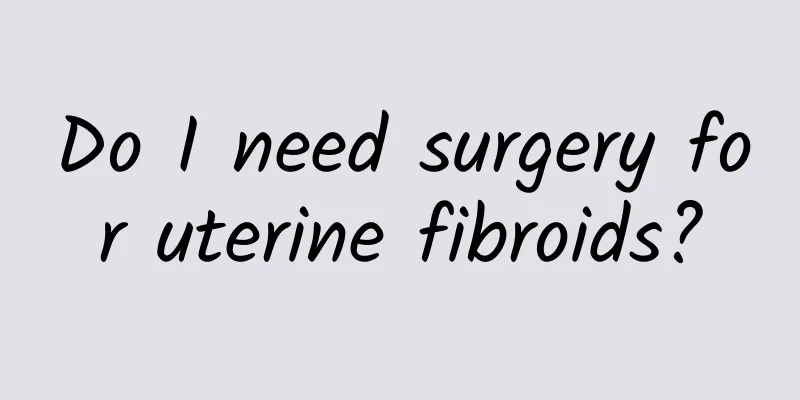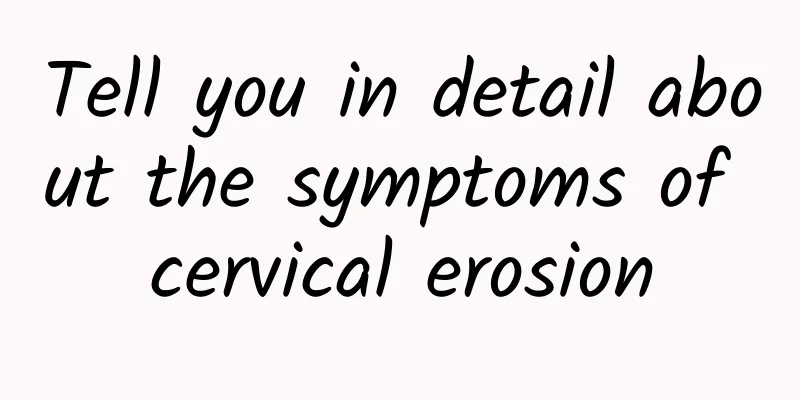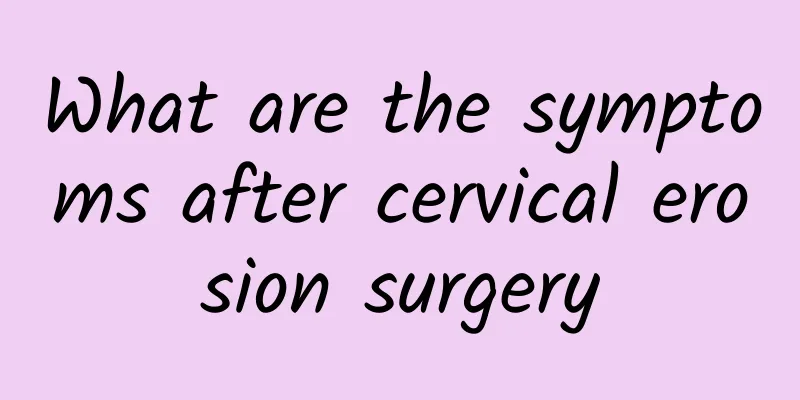What are the methods of treating uterine fibroids?

|
When it comes to uterine fibroids, many friends are familiar with them. Uterine fibroids are a very common disease in women, especially women of childbearing age. It has a great impact on patients. Let's take a look at the methods for treating uterine fibroids. There are three main methods for treating uterine fibroids: conservative treatment, surgical treatment and minimally invasive treatment. 1. Conservative treatment Conservative treatment of uterine fibroids must meet the following conditions: first, the tumor does not exceed the size of a 6-week pregnancy; second, the patient is postmenopausal and asymptomatic; third, the patient is near postmenopausal and can use non-surgical treatment to reduce bleeding; fourth, the patient cannot tolerate surgery. Conservative treatment mainly includes expectant therapy and drug therapy. 2. Surgical treatment Applicable population: Myoma size is equivalent to a pregnant uterus of more than one and a half months. Surgical treatment includes hysterectomy and hysteroscopy, laparoscopic myomectomy. 1. Hysterectomy Applicable population: patients with large fibroids, severe symptoms, ineffective conservative treatment or malignant diseases. The operation completely removes the uterus and eliminates its symptoms. However, the patient loses fertility and will no longer have menstruation. The patient is prone to adverse reactions such as obesity, high blood pressure, heart disease, and osteoporosis. The patient needs a recovery period of 4-8 weeks after the operation. 2. Hysteroscopy and laparoscopic myomectomy The incision is small, and less pelvic adhesion is formed; the postoperative recovery is fast, and most patients can walk and eat in the afternoon of the operation; there is less wound pain and postoperative fever, and sedatives and analgesics are rarely needed; the incision is small and beautiful, which conforms to the aesthetic psychology of young people; the hospitalization time is shortened, and patients can usually be discharged from the hospital 48 hours after surgery. 3. Minimally invasive coagulation technique Suitable for: Patients with large uterine fibroids that fill the pelvic cavity and have obvious clinical compression symptoms. Patients with uterine volume enlarged to the size of a 3-month pregnancy or suspected sarcomatous changes. Patients with significant increase in menstrual volume and secondary anemia. Patients who are contraindicated for surgery or are unwilling to undergo surgery. Preserve the uterus, no bleeding, less pain, no hospitalization, and fast recovery. This method is recognized by American authorities as the best choice for treating uterine fibroids. However, it is powerless for pedunculated subserosal fibroids and fibroids that have become malignant. If there are complications such as acute or chronic genital inflammation, surgery can only be performed after the inflammation is controlled. These are the only methods currently available for treating uterine fibroids. Uterine fibroids are a female disease that can develop into a very serious condition. If you discover any, you should go to the hospital for consultation and treatment as early as possible in the early stages. Uterine fibroids http://www..com.cn/fuke/zgjl/ |
<<: What are the early symptoms of ovarian cysts?
>>: What are the most common types of vaginitis?
Recommend
What's wrong with my period coming after more than ten days?
What happens if my period comes more than ten day...
What to do if your menstrual period is irregular
There are many reasons for irregular menstruation...
How to choose a hospital for the treatment of cervical erosion? Is it a professional and formal hospital?
Although cervical erosion is a common disease, th...
Seven typical types of vaginitis
People have not given up the study of vaginitis, ...
Chinese medicine can regulate yellow leucorrhea
Traditional Chinese medicine can help regulate th...
What are the symptoms of incomplete painless abortion? There are 4 symptoms of incomplete painless abortion
Abortion is a very harmful operation to women. No...
How do patients with candidal vaginitis regulate their lifestyle?
Candidal vaginitis is a type of vaginitis. Many w...
What are the symptoms and treatment of pelvic inflammatory disease?
What are the symptoms and treatment of pelvic inf...
What kind of anti-inflammatory medicine is better to take after abortion surgery? The best choice of anti-inflammatory medicine for abortion
Abortion is a safe and feasible method to termina...
Long-term treatment of vulvar leukoplakia is the fundamental
Vulvar leukoplakia can cause the skin or mucous m...
How to prevent irregular menstruation in women? Dietary adjustment methods for women to prevent irregular menstruation
Women will feel uncomfortable for a few days ever...
What are the commonly used examination methods for uterine effusion?
What are the examination methods for uterine effu...
What are the main treatment methods for adnexitis?
Female adnexitis is a very common gynecological d...
What are the causes of multiple uterine fibroids? What are the hazards of multiple uterine fibroids?
The cause of multiple uterine fibroids is a probl...
How to prevent adnexitis
The increasing incidence of adnexitis is very com...









